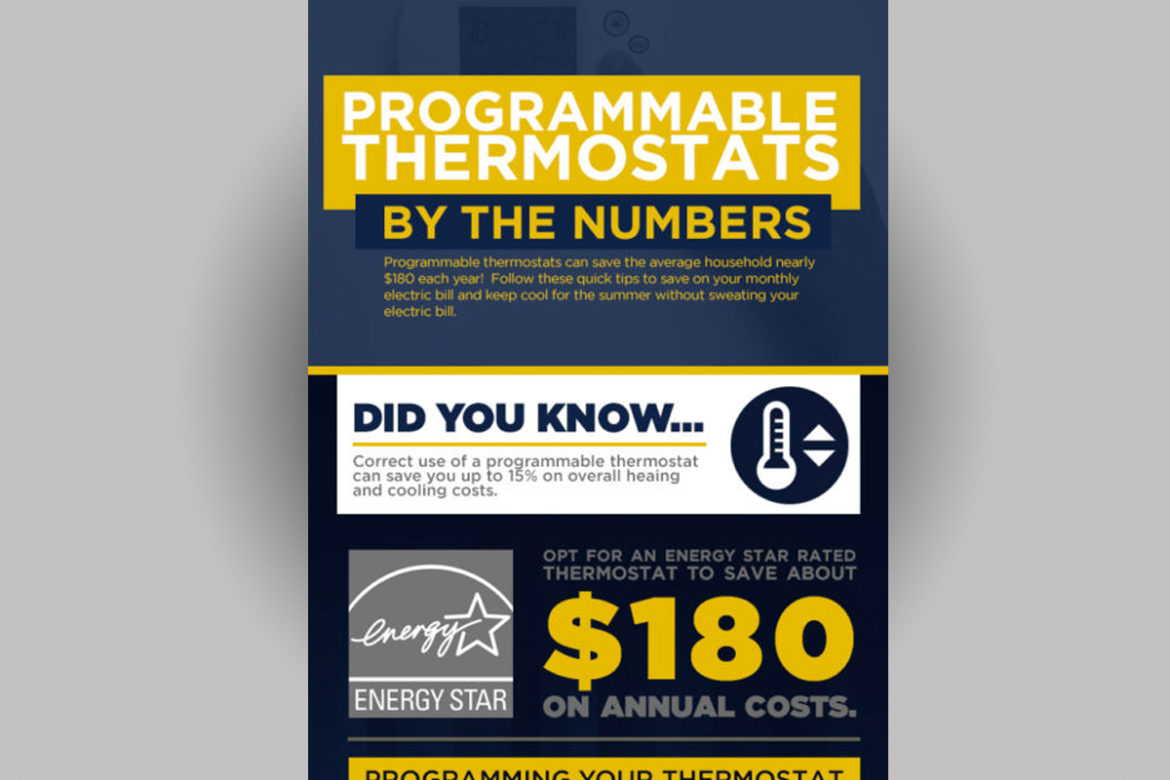The Future Of Home Heating - Just How Heat Pump Technology Is Developing
The Future Of Home Heating - Just How Heat Pump Technology Is Developing
Blog Article
Published By-Baker McCormick
Heatpump will be a crucial innovation for decarbonising home heating. In a situation constant with federal governments' revealed energy and climate dedications, their international capability increases by 2030, while their share in heating rises to one-quarter.
They function best in well-insulated homes and depend on electricity, which can be supplied from an eco-friendly power grid. Technological developments are making them more effective, smarter and less costly.
Fuel Cells
Heatpump utilize a compressor, cooling agent, coils and fans to relocate the air and warm in homes and appliances. They can be powered by solar energy or electricity from the grid. They have been getting popularity as a result of their affordable, quiet operation and the capacity to produce electricity throughout peak power demand.
Some companies, like IdaTech and BG MicroGen, are dealing with gas cells for home heating. These microgenerators can replace a gas boiler and generate several of a house's electrical needs with a link to the electrical energy grid for the rest.
However there are factors to be doubtful of using hydrogen for home heating, Rosenow states. It would certainly be pricey and inefficient compared to other modern technologies, and it would certainly include in carbon discharges.
Smart and Connected Technologies
Smart home innovation permits property owners to link and control their tools from another location with the use of mobile phone applications. For instance, smart thermostats can learn your heating choices and automatically adjust to enhance energy intake. Smart lights systems can be managed with voice commands and automatically switch off lights when you leave the space, minimizing energy waste. And wise plugs can check and handle your electric use, allowing you to recognize and limit energy-hungry appliances.
The tech-savvy home depicted in Carina's meeting is a good image of just how occupants reconfigure space home heating practices in the light of brand-new clever home modern technologies. They rely on the devices' automatic functions to accomplish day-to-day modifications and concern them as a hassle-free means of conducting their heating techniques. Because of view website , they see no reason to adapt their techniques further in order to enable adaptability in their home power demand, and interventions aiming at doing so may face resistance from these households.
Electrical power
Given that warming homes make up 13% of US emissions, a button to cleaner alternatives might make a big difference. However the innovation faces difficulties: It's expensive and needs extensive home restorations. And it's not constantly compatible with renewable energy resources, such as solar and wind.
click over here now , electrical heatpump were also costly to take on gas versions in many markets. Yet new technologies in design and products are making them extra budget friendly. And better chilly environment efficiency is enabling them to work well even in subzero temperatures.
The following action in decarbonising home heating may be making use of warmth networks, which attract heat from a main source, such as a close-by river or sea inlet, and distribute it to a network of homes or structures. That would certainly reduce carbon emissions and permit households to take advantage of renewable resource, such as green electrical power from a grid provided by renewables. This choice would certainly be much less pricey than switching to hydrogen, a nonrenewable fuel source that calls for brand-new facilities and would only lower CO2 emissions by 5 percent if paired with improved home insulation.
Renewable resource
As electrical power rates drop, we're beginning to see the exact same pattern in home heating that has actually driven electrical cars right into the mainstream-- yet at an also faster pace. The strong climate situation for impressive homes has actually been pressed additionally by new research.
Renewables make up a significant share of modern warm usage, yet have actually been provided minimal policy focus around the world compared to other end-use sectors-- and even less focus than electrical energy has. Partly, this reflects a mix of customer inertia, divided incentives and, in several nations, subsidies for fossil fuels.
New modern technologies might make the change easier. As an example, heatpump can be made a lot more power reliable by changing old R-22 cooling agents with new ones that don't have the high GWPs of their predecessors. Some experts likewise picture area systems that draw warmth from a neighboring river or sea inlet, like a Norwegian fjord. The cozy water can then be made use of for cooling and heating in an area.